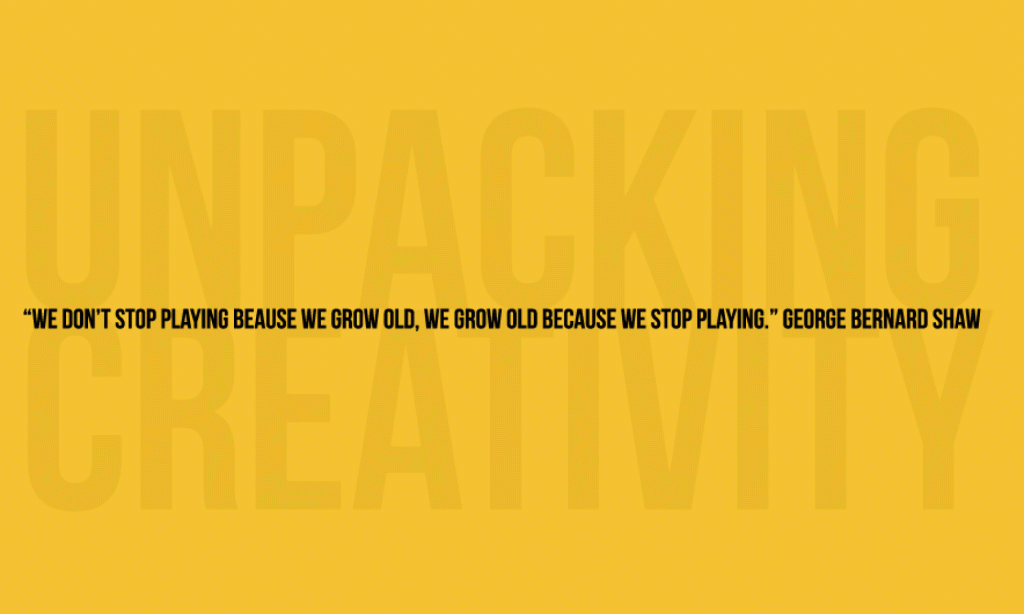As I was doing the 21 day challenge I felt the need to have more contact with participants in a relaxed setting. I wanted to see how people react to an “impromptu” set of creative challenges. If this affected the way they thought or felt, and it it had an imprint for the future.
I organised a dinner party, there were 9 guests and me. After dinner- in what we call in Spanish “la sobremesa” (after dinner discussion), I asked it they would be willing to play a simple game. Arielle had an intervention that involved small window frames and had given me some to ask my friends to do. It was a creative challenge, I had included a version of it in my 21 day 5 minute a day Creativity challenge. It was a perfect opportunity to try to get my guests to do her challenge, which would also help in my research.
The activity: Give everyone a small cardboard frame. Ask them to find a frame in the room, think of a word or phrase to go with the frame and take a photo. Move frame to another part of the room, using the phrase you wrote down on the frame- what would be your next photo? Did the text influence what you took a photo of? Do you feel you were more creative because you had the text? The fact that we were all going to share our photos after, did that make you want to behave differently? Were you more afraid to make a mistake? to not get it right?
Many things happened. It was really interesting how one person (18 years old) became utterly stressed under the setting of sharing. She felt pressured to do something “perfect”, she kept asking questions about the rules. Another went right to the obvious, but than saw what other people were doing and became more competitive and decided to evaluate his photos to make them more “different.” Another went off on his own and took his time, but really enjoyed the process, a fourth person laughed by themselves through the whole creative process. Keep in mind each person acted individually, none made teams or tried to “break the rules.” Overall I had 9 people react in different ways, some positive and some negative. The 18 year old needed a push to hurry and finish- she could not make up her mind. After some gentle pressuring (timer rang), she delivered.
We all shared our photos and our experience and more importantly how we felt. Although there was stress involved- everyone felt they had used a side of the brain they were not used to using. Everyone laughed. Everyone was proud of their work. Everyone wanted to do more games….which I did….”impromptu.” People in games that followed felt more relaxed and with less stress.
I would like to do more of these, in person, creative challenges. Maybe even have a monthly group of Creative challenges and evaluate how we grow and how we feel and if it has an effect on our daily personal and profesional lives.
Three examples of very clever outcomes:






